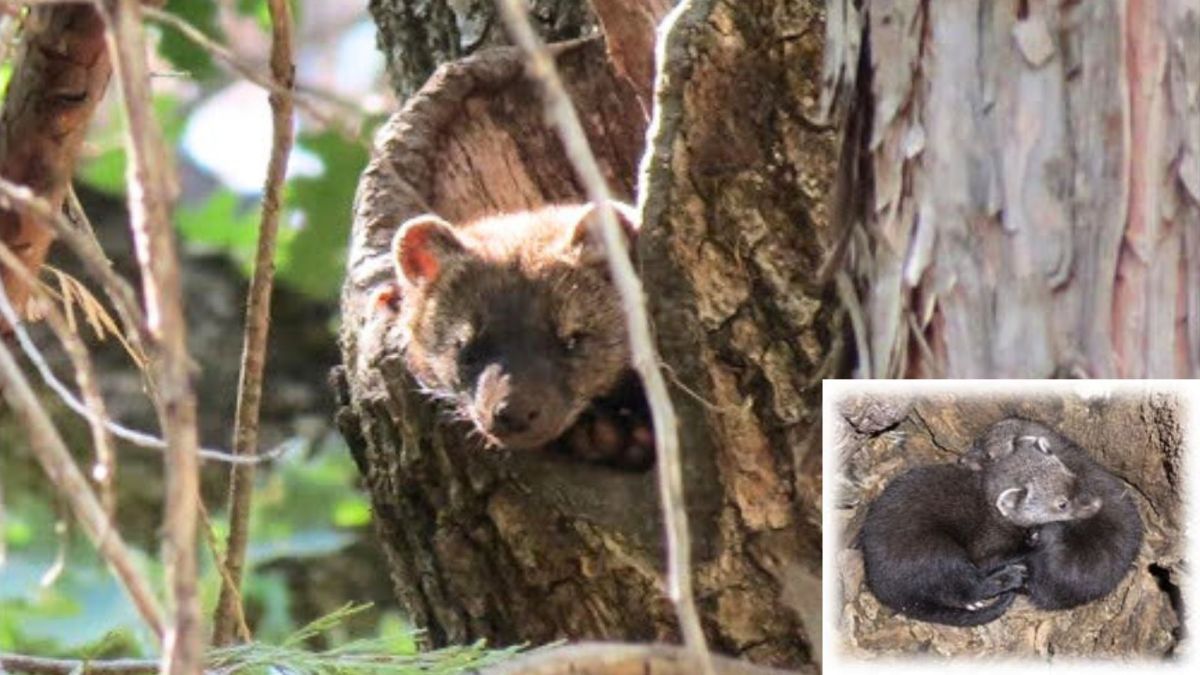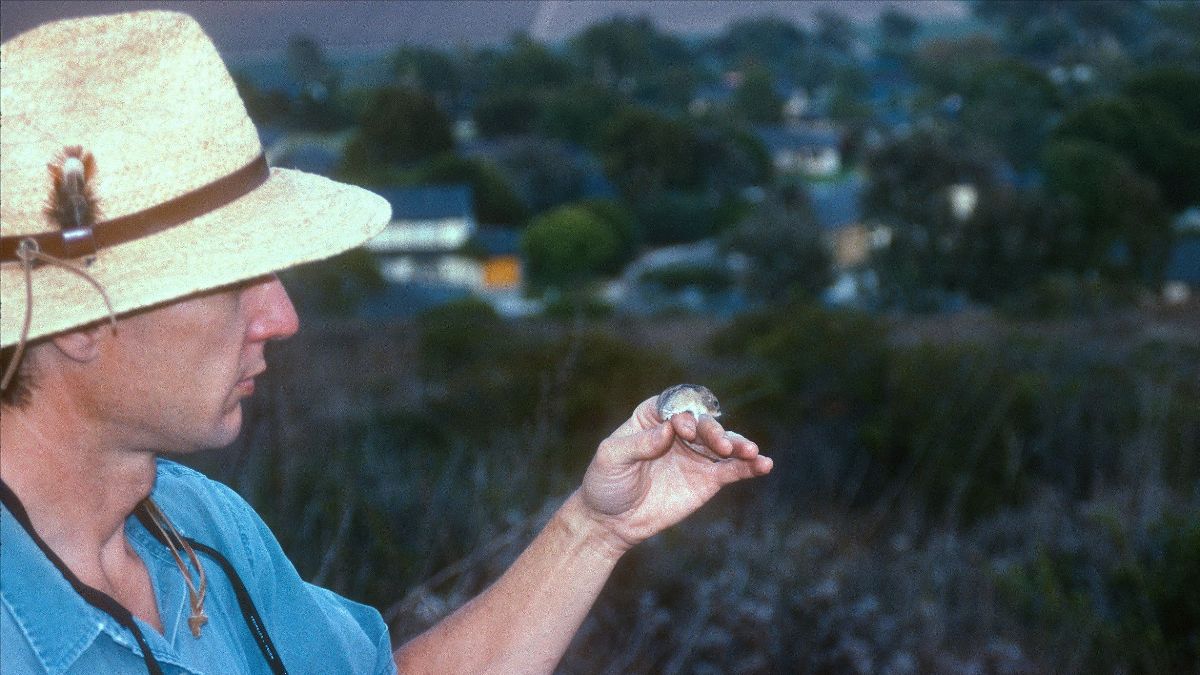Conserving the Endangered Pacific Fisher in the Southern Sierra Nevada

In 2016, CBI published a comprehensive Conservation Assessment and Strategy for the Southern Sierra Nevada population of Pacific fisher with input from a wide array of fisher researchers and forest ecologists. At the time, this was considered by state and federal agencies to be the best available science to guide fisher conservation efforts. Unfortunately, the release of the Strategy coincided with a dramatic shift in landscape conditions across the Sierra Nevada and especially in the dense coniferous forests used by fishers. Historic drought from 2012 to 2015 was the most severe in over 1200 years, resulting in the deaths of at least 129 million conifer trees in the region, which in turn have fueled large, severe wildfires that have been burning across large swaths of habitat for fisher and other forest-dependent species. What was once a relatively connected chain of mixed-conifer forest along the western slope of the Sierra Nevada has become a series of isolated and degraded patches.
Fishers are strongly associated with older, dense forest having an abundance of large trees, logs, snags, and other forest debris. They den and raise kits almost exclusively in tree cavities, typically in large, live conifers and oaks. Fierce predators able to move freely through the forest canopy, fishers eat a wide variety of mammals, birds, and reptiles as well as berries and mushrooms. They present a conservation dilemma though; the dense, structurally complex forest conditions they prefer also provide abundant fuel for wildfires, which are increasing in scope and severity. The key to fisher conservation therefore lies in the thoughtful restoration of natural ecological processes, such as mixed-severity fire, which once created a dynamic mosaic of heterogenous forest conditions as fires thinned and sometimes destroyed fisher habitat in the short term, while sustaining the patchy mosaic of diverse forest conditions they needed in the long term.
In 2020, the Southern Sierra Nevada distinct population of fisher was listed as federally endangered, and last month, CBI finalized an agreement with the US Fish and Wildlife Service and the California Department of Fish and Wildlife to update the 2016 Conservation Strategy. Led by Dr. Wayne Spencer, the updated Strategy will summarize all available science on SSN fisher ecology and population dynamics, and provide recommendations for the conservation of fisher and their habitat in this new landscape. It will be structured to align with the US Fish and Wildlife recovery planning process under the Endangered Species Act, while also serving as a model for a new form of conservation plan that recognizes the importance of habitat resilience and landscape dynamics.
For more information on fishers and CBI’s efforts over the years to support their conservation, check out CBI’s Southern Sierra Nevada Fisher Conservation webpage.
Reintroducing a Tiny Endangered Species to Its Former Range

The critically endangered Pacific pocket mouse (Perognathus longimembris pacificus), once thought extinct, is being reintroduced to native habitat areas on the southern California coast by the San Diego Zoo Wildlife Alliance (Endangered Pacific pocket mice reintroduced at Camp Pendleton). CBI’s Chief Scientist Emeritus, Dr. Wayne Spencer, discovered one of the three remaining wild populations in 1995 and led recovery research on the species for a number of years (Spencer 2005). He currently serves on the team led by the Wildlife Alliance to identify sites where this tiniest subspecies of the little pocket mouse can be released back into the wild from a captive colony at the San Diego Safari Park (Chock et al. 2022). Most of the fine sandy habitats the Pacific pocket mouse requires, originally distributed from the current location of the Los Angeles Airport to the Mexican border, have been paved over or severely altered by human activities, leaving few opportunities to restore populations. CBI is proud to contribute to recovery of this critically endangered little rodent in a human-dominated ecosystem.